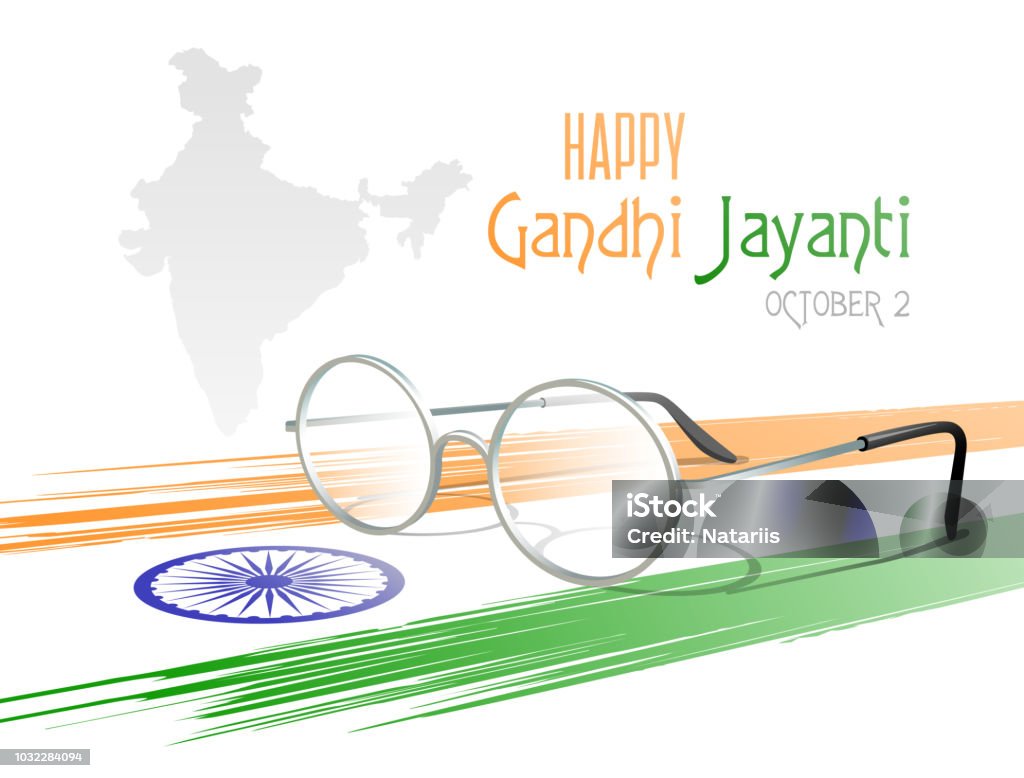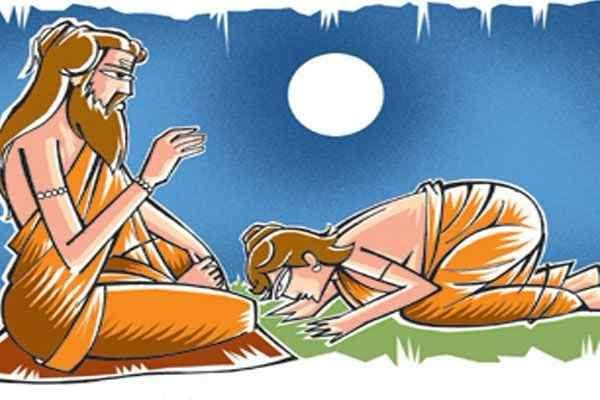Budget 2015-16: Aggressive Adoption of Neo-liberal Economic Agenda
- Post By PoliticIndia.com on
- 2015-03-04 18:05:00
Finance Minister, Shri Arun Jaitley presented budget for financial year 2015-16, and projected a fiscal deficit of 3.9% for the financial year 2015-16. In this budget, plan expenditure, which boosts assets and creates jobs, decline to Rs 4,65,277 crore from Rs 5,75,000 crore. However, there is marginal increase in Non-Plan expenditure which is estimated at Rs. 13,12,200 crore for this financial year. Total Expenditure has accordingly been estimated at Rs. 17,77,477 crore in this budget. Union Budget 2015-16 proposes Gross Tax receipts are estimated to be Rs. 14,49,490 crore. Devolution to the States is estimated to be Rs. 5,23,958 crore. Share of Central Government will be Rs. 9,19,842 crore. Non Tax Revenues for the next fiscal are estimated to be Rs. 2,21,733 crore. With the above estimates, fiscal deficit will be 3.9 per cent of GDP and Revenue Deficit will be 2.8 per cent of GDP. The budget document can be summarized under following headings: Taxation 1 Abolition of Wealth Tax: Wealth tax was a direct tax, which is charged on the net wealth of the assessee. It is a tax on the benefits derived from ownership of property. The tax is to be paid year after year on the same property on its market value, whether or not such property yields any income. Wealth tax was not levied on productive assets, hence investments in shares, debentures, UTI, mutual funds, etc are exempt from it. The assets chargeable to wealth tax were :- Guest house, residential house, commercial building, Motor car, Jewellery, bullion, utensils of gold, silver etc.,Yachts, boats and aircrafts, Urban land, Cash in hand(in excess of 50,000), only for Individual & HUF. 2 Additional 2% surcharge for the super rich with income of over Rs. 1 crore. 3 Rate of corporate tax to be reduced to 25% over next four years: In India, the Corporate Income tax rate is a tax collected from companies. Its amount is based on the net income companies obtain while exercising their business activity, normally during one business year. The benchmark we use refers to the highest rate for Corporate Income. Revenues from the Corporate Tax Rate are an important source of income for the government of India. The Corporate Tax Rate in last financial year was 30 percent. 4. T here is no change in tax slabs. Individual tax payer can claim exemption for up to Rs. 4,44,200 from his income. Here is how you get there:
| Deductions under 80C | Rs. 1,50,000 |
| Deductions under 80CCD for contribution to NPS | Rs. 50,000 |
| Interest on house property loan | Rs. 2,00,000 |
| Exemption with new transportation allowance of Rs. 1,600 per month | Rs. 19,200 |
| New deductible health insurance premium- Rs. 25,000 | Rs. 25,000 |
|
Total |
Rs. 4,44,200 |
5. Service tax increased to 14 per cent: Dr.Raja chelliah committee on tax reforms recommend the introduction of service tax. Service tax had been first levied at a rate of five per cent flat from 15 July 1994. It is a tax imposed by Government of India on services provided in India. The service provider collects the tax and pays the same to the government. It is charged on all services except the services covered in the negative list (Section 66d of Finance Act'1994) of services & services covered under Mega Exemption Notification (Notification NO. 25/2012 ST dated 20.06.2012). The service tax increased from 12.36 percent to 14 percent on gross value of the service. Agriculture 1 Rs. 25,000 crore for Rural Infrastructure Development Bank: Rural Infrastructure Development Fund (RIDF) was instituted in NABARD with an announcement in the Union Budget 1995-96 with the sole objective of giving low cost fund support to State Govts. and State Owned Corporations for quick completion of ongoing projects relating to medium and minor irrigation, soil conservation, watershed management and other forms of rural infrastructure. 2 Rs. 5,300 crore to support Micro Irrigation Programme: A Centrally sponsored scheme on micro irrigation (MI) was launched in January 2006 for promoting water-use efficiency by adopting drip and sprinkler irrigation. All States and Union Territories and all horticultural as well as agricultural crops are covered under the scheme). 3 Farmers credit - target of 8.5 lakh crore. Infrastructure 1 Rs. 70,000 crores to Infrastructure sector.( Jaitley announced a significant increase of Rs.70,000 crore in investment in infrastructure in 2015-16 over the current year, with a focus on railways and roads. In order to end the funds drought for the sector, the government will establish a National Investment and Infrastructure Fund (NIIF), and find monies to ensure an annual flow of Rs 20,000 crore to it. 2 PPP model for infrastructure development to be revitalised and govt. to bear majority of the risk. 3 Atal Innovation Mission to be established to draw on expertise of entrepreneurs, and researchers to foster scientific innovations; allocation of Rs. 150 crore. 4 Govt. proposes to set up 5 ultra mega power projects, each of 4000MW. Education 1 AIIMS in Jammu and Kashmir, Punjab, Tamil Nadu, Himachal Pradesh, Bihar and Assam. 2 IIT in Karnataka; Indian School of Mines in Dhanbad to be upgraded to IIT. 3 PG institute of Horticulture in Amritsar. 4 Kerala to have University of Disability Studies 5 Centre of film production, animation and gaming to come up in Arunachal Pradesh. 6 IIM for Jammu and Kashmir and Andhra Pradesh. Defence 1 Allocation of Rs. 2,46,726 crore; an increase of 9.87 per cent over last year. 2 Focus on Make in India for quick manufacturing of Defence equipment. 3 Rs. 5,000 crore additional allocation for MGNREGA. 4 Govt. to create universal social security system for all Indians. Social sector spending Provisions regarding expenditures in social sector can be summarised through following table:
|
Budget 2014-15 |
Budget 2015-16 |
|
| Non Plan Expenditure |
12,19,892 |
13,12,200 |
| Plan expenditure |
5,75,000 |
4,65,277 |
| Total Expenditure |
17,94,892 |
17,77,477 |
| Panchayati raj, |
3,400.69 |
94.75 |
| Scheduled Caste sub Plan |
43,208 |
30,000 |
| Tribal Sub Plan |
26,714 |
19,000 |
| School education and Higher education |
70,505 |
69,074 |
| Sarva Shiksha Abhiyan |
27,758 |
22,000 |
| Mid day meal scheme |
13,215 |
9,236 |
| Integrated Child Development Scheme (ICDS) |
18,195 |
8,335.77 |
| Health(MoHFW) |
39,238 |
33,282 |
| MNREGA |
34000 |
34699 |
Evaluation of the Budget Document: A closer examination would reveal that this budget is for the rich and the corporate houses. From this budget, India�s rich and both foreign and domestic corporates will be benefited hugely. The budget proposals will reduce direct taxes by Rs.8,315 crore benefiting the rich and increase the burden on people through indirect tax hikes of Rs.23,383 crore. In addition to direct tax benefit, for India�s rich, wealth tax has been abolished, corporate tax planned to reduce from 30 to 25 per cent, greater concessions and access to FDI, and FIIs absolved of capital gains tax and minimum alternate tax (MAT). On the other hand, total subsidy as percentage of GDP has come down from 2.1 per cent to 1.7 per cent (Rs.2.60 lakh crore to Rs.2.44 lakh crore). The allocation for health and family welfare has come down from Rs.35,163 crore last year to Rs.29,653 crore. The total budgeted figure for housing and urban poverty alleviation has come down from Rs.6,008 crore to Rs. 5,634 crore. The Gender Budget cut by 20 per cent (less by Rs.20,000 crore). The ICDS programme has been halved, from over Rs.16,000 crore to Rs.8,000 crore. Thus the expenditures on the poor have been massively cut. Instead of stimulating domestic demand by targeting larger expenditures in social sectors, the budget proposals do the opposite to contain the fiscal deficit at 3.9 per cent. In regards to fiscal measures, the rate at which Finance Minister (FM) wants to reduce the fiscal deficit between 2014-15 and 2017-18 is higher than the rate at which he expects the share of gross tax revenues in GDP to rise. In other words, expenditures have to be cut. Take the total plan expenditure by adding central plan expenditure and central assistance to States. Further, the reduction in the tax concessions given by the Central government to the rich (subsidies to the rich called �tax incentives�) results in a revenue loss which is more than the actual fiscal deficit (i.e., Rs.5,89,285.2 crore for 2014-15 as against the budget estimate of fiscal deficit of Rs.5,55,649 crore). Hence, our economy is suffering from a deficit burden primarily due to such subsidies to the rich, not due to subsidies for the poor. Under these circumstances, to bolster governmental revenues, the budget has announced an aggressive disinvestment of the public sector to the tune of Rs.70,000 crore, i.e., selling �family silver� to meet current expenditure. The Union Budget has also an eye on the Bharatiya Janata Party (BJP)�s coming political challenges. The finance minister on Saturday delivered on a longstanding demand for a special economic package for Bihar and West Bengal. He said the eastern states had to be given an opportunity to grow faster. The Budget provided Rs 20,000 crore as �special assistance by specific intervention� to the National Institution for Transforming India (NITI) Aayog for the two states. Details of the assistance have not been disclosed but the minister said it would be modelled on what Andhra was given when the state was bifurcated. Bihar is to have Assembly elections in October, while Bengal will go to polls by mid-2016.






